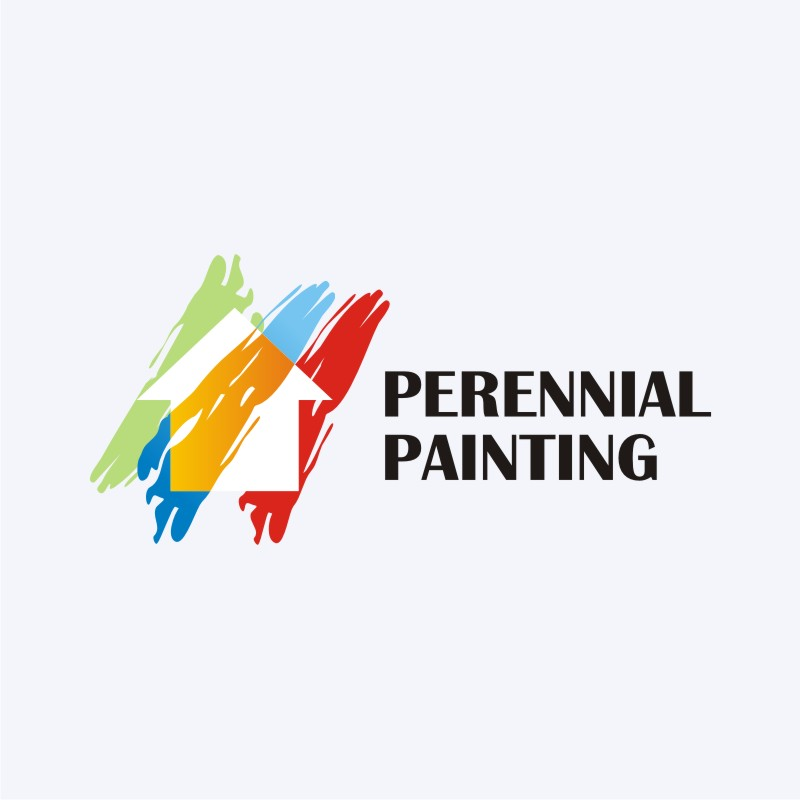Variables To Consider For Industrial Outside Paint By Period: Important Details You Should Have
Variables To Consider For Industrial Outside Paint By Period: Important Details You Should Have
Blog Article
Material Writer-Burnham Browne
When you're planning a business external painting task, seasonal aspects can make or break your outcomes. st. louis park house painter 'll want to consider just how temperature level and humidity impact paint application and drying times. Choosing the best season can ensure your paint adheres correctly and lasts much longer. Yet which seasons are really the very best for this kind of work? Let's explore the crucial elements that can influence your job's success.
The Impact of Temperature on Paint Application
When you're intending an industrial outside paint task, the temperature level can dramatically affect exactly how well the paint adheres and dries out.
Ideally, you intend to paint when temperatures vary in between 50 ° F and 85 ° F. If it's also cool, the paint might not heal properly, resulting in problems like peeling off or breaking.
On the flip side, if it's as well warm, the paint can dry as well swiftly, stopping proper bond and resulting in an irregular surface.
You need to also consider the time of day; morning or late afternoon supplies cooler temperatures, which can be a lot more desirable.
Always examine the producer's referrals for the specific paint you're utilizing, as they usually provide support on the optimal temperature level variety for ideal results.
Moisture and Its Effect on Drying Times
Temperature isn't the only environmental factor that influences your industrial exterior painting job; moisture plays a considerable duty as well. High humidity degrees can slow down drying out times substantially, impacting the total quality of your paint job.
When the air is filled with dampness, the paint takes longer to heal, which can lead to problems like inadequate adhesion and a higher risk of mildew growth. If you're painting on an especially moist day, be gotten ready for extensive delay times in between layers.
It's critical to check local weather conditions and plan appropriately. Ideally, go for moisture degrees between 40% and 70% for optimal drying out.
Maintaining these factors in mind guarantees your job remains on track and supplies a long-term coating.
Best Seasons for Commercial Outside Painting Projects
What's the very best time of year for your business outside painting jobs?
Spring and very early loss are normally your best options. During interior painter plymouth , temperatures are mild, and humidity levels are frequently reduced, creating optimal problems for paint application and drying.
Stay clear of summer season's intense heat, which can cause paint to completely dry too rapidly, resulting in inadequate bond and surface. In a similar way, winter season's cool temperature levels can prevent appropriate drying and curing, running the risk of the long life of your paint work.
Aim for days with temperatures between 50 ° F and 85 ° F for optimal results. Remember to inspect the regional weather forecast for rain, as damp problems can spoil your job.
Planning around these factors guarantees your paint task runs efficiently and lasts much longer.
Final thought
In conclusion, planning your commercial external paint jobs around seasonal considerations can make a significant difference in the outcome. By organizing job throughout the suitable temperatures and humidity degrees, you'll make certain better attachment and drying times. exterior house painting contractors near me in mind to keep an eye on local weather report and select the correct time of year-- springtime and very early loss are your best choices. Taking these steps will assist you accomplish a sturdy and expert finish that lasts.
